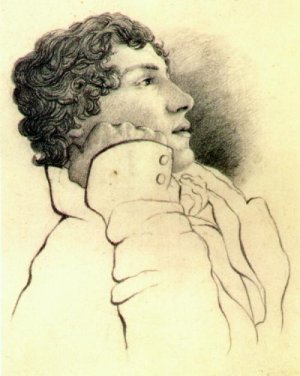
| NAVIGATION: | Index of Dr. Weller's Class Materials | Index of English 341 Materials |
Keats is my personal favorite among the Romantic poets, because

"When I Have Fears That I May Cease to Be"
When I have fears that I may cease to be
Before my pen has glean'd my teeming brain,
Before high piled books, in charactry,
Hold like rich garners the full ripen'd grain;
When I behold, upon the night's starr'd face,
Huge cloudy symbols of a high romance,
And think that I may never live to trace
Their shadows, with the magic hand of chance;
And when I feel, fair creature of an hour,
That I shall never look upon thee more,
Never have relish in the fairy power
Of unreflecting love;--then on the shore
Of the wide world I stand alone, and think
Till love and fame to nothingness do sink.
To Autumn
| Season of mists and mellow fruitfulness! Close bosom-friend of the maturing sun; Conspiring with him how to load and bless With fruit the vines that round the thatch-eaves run; To bend with apples the moss'd cottage-trees, And fill all fruit with ripeness to the core; To swell the gourd, and plump the hazel shells With a sweet kernel; to set budding more, And still more, later flowers for the bees, Until they think warm days will never cease, For Summer has o'er-brimm'd their clammy cells.
Who hath not seen thee oft amid thy store?
Where are the songs of Spring? Ay, where are they? |
|
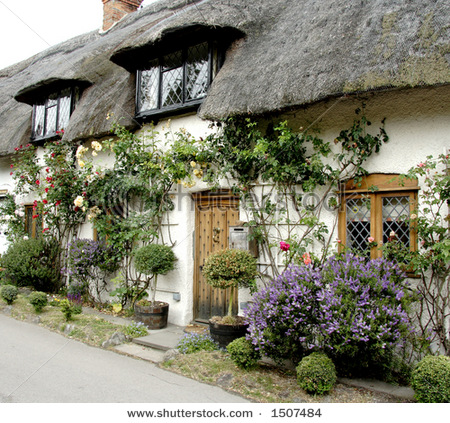 |
| "thatch-eaves" |
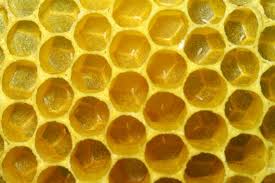 |
| "clammy cells" |
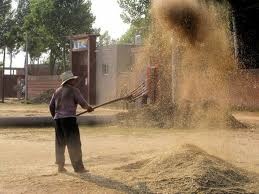 |
| "winnowing winds" |
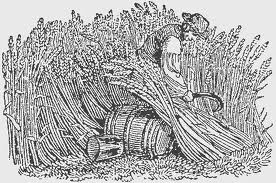 |
| "thy hook" |
 |
| "thou dost keep Steady thy laden head across a brook" |
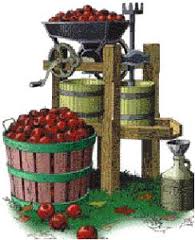 |
| "cider-press" |
 |
| "barred clouds bloom" |
The Elgin Marbles: "Following a public debate in Parliament and subsequent exoneration of Elgin's actions, the marbles were purchased by the British government in 1816 and placed on display in the British Museum . . ." --Wikipedia
Flickr: horses in motion
More pictures from the British Museum